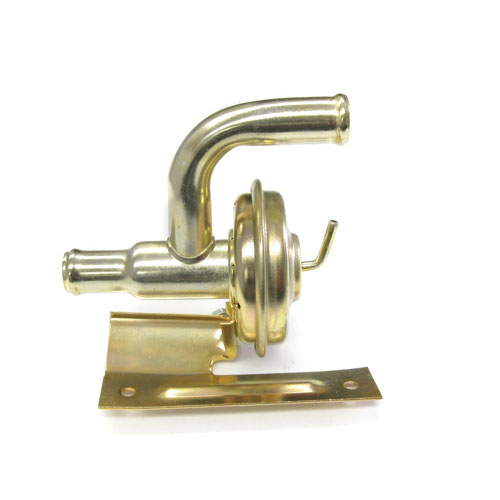Well I have bypass hose. Until this week I didn't even know I needed one. I learned a lot about vortec engines that I didn't know.
My intake had three holes. I originally used them for a stock temp sender, an auxiliary temp sender and heater. To add the bypass I put a tee in one hole and used that for a temp sender and the bypass.
bypass hose.jpg
I'll run one heater hose from the intake and the return line to a connection on the lower hose.
Now on to the next task. There are sure a lot of pieces to a '56 Chevy. They come apart a lot quicker than they go back together.
My intake had three holes. I originally used them for a stock temp sender, an auxiliary temp sender and heater. To add the bypass I put a tee in one hole and used that for a temp sender and the bypass.
bypass hose.jpg
I'll run one heater hose from the intake and the return line to a connection on the lower hose.
Now on to the next task. There are sure a lot of pieces to a '56 Chevy. They come apart a lot quicker than they go back together.






Comment